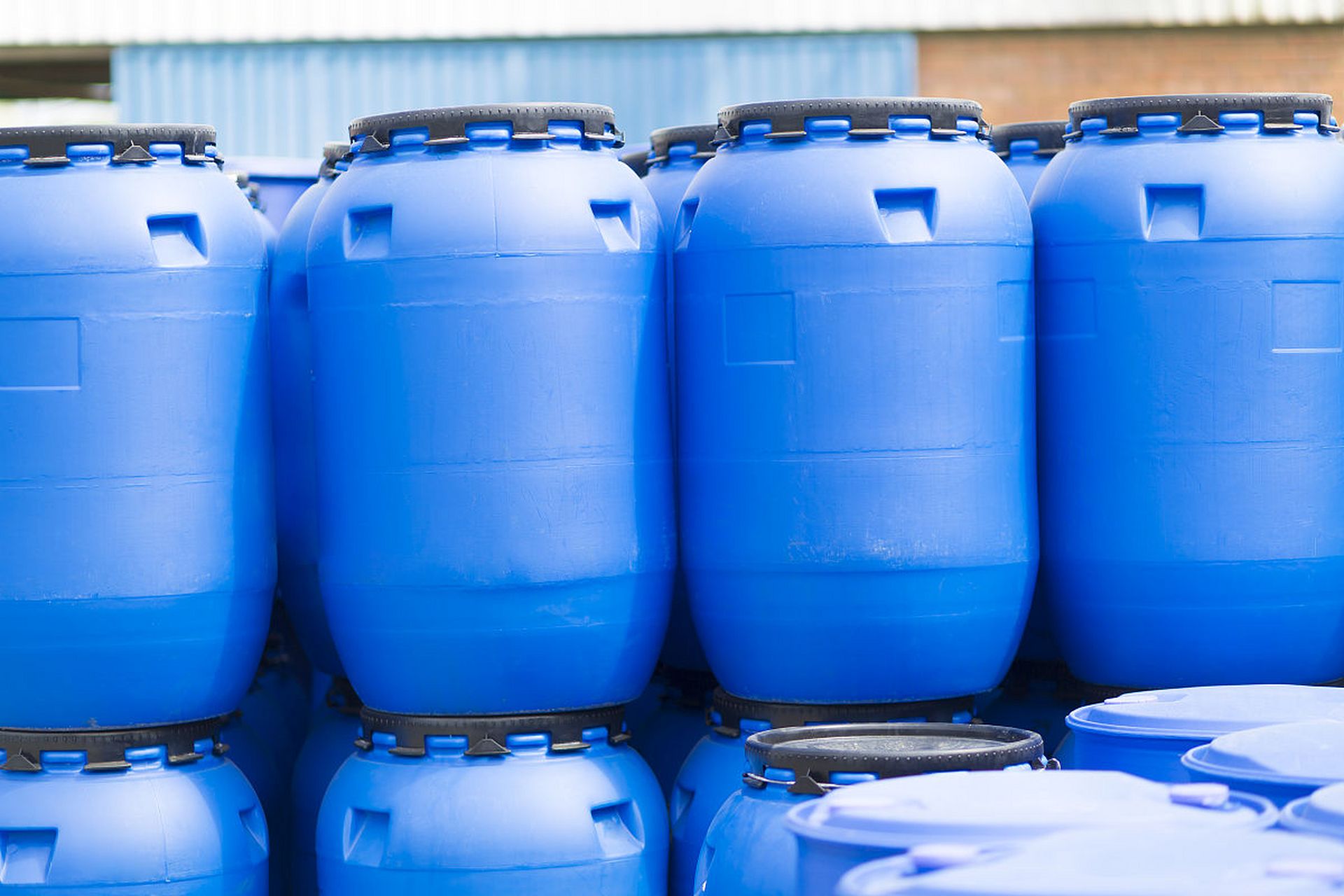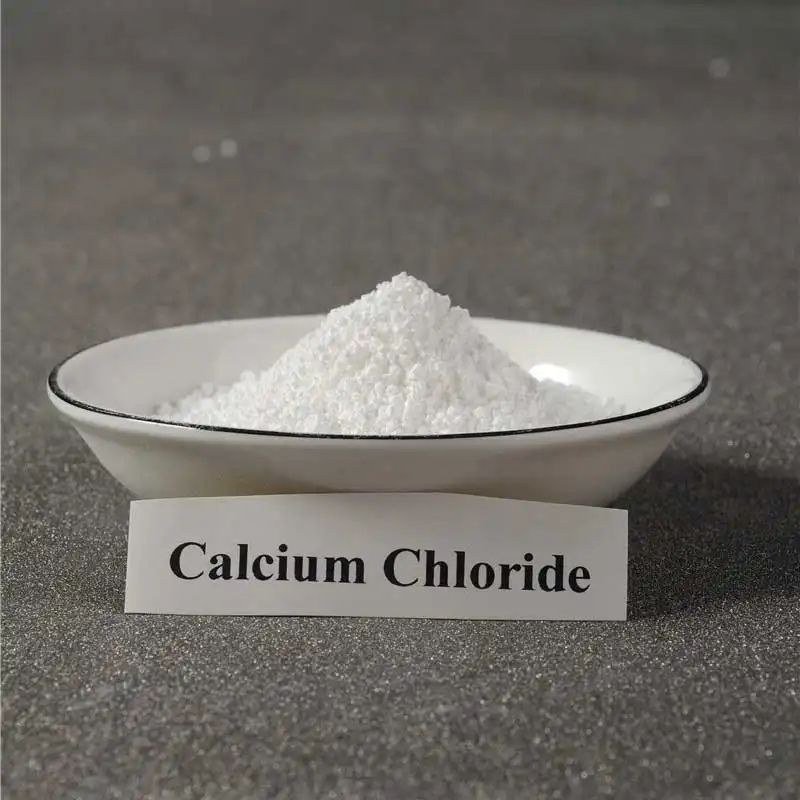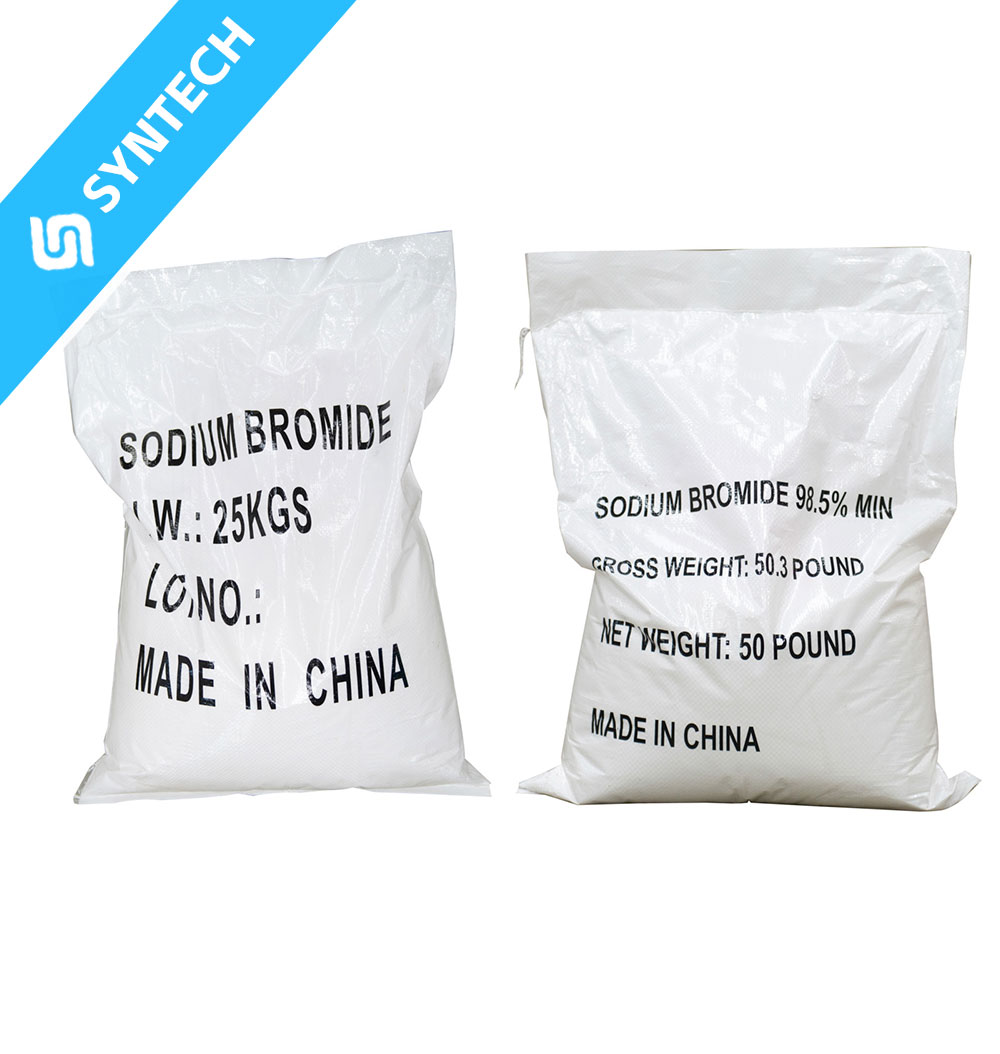Hydrobromic acid 33%(HBr in acetic acid)
CERTIFICATE OF ANALYSIS
DATE:20230628
| PRODUCT NAME: HBr in acetic acid | TEST REPORT No.:SSIC2023062801 | |||
| PRODUCTION DATE | BATCH NO.: | QUANTITY | ||
| 2023-06-28 | SSICHA20230628 | 20MT | ||
| Item | Specification | ANALYSIS RESULT | ||
| Appearance | Light brown liquid | Light brown liquid | ||
| Purity | 33%min | 33.2% | ||
| Chloride( Cl— ) | 200ppm max | 90ppm | ||
| Free bromine | 200ppm max | 82ppm | ||
| Moisture | 2000ppm max | 1200ppm | ||
| TEST RESULT | PASS | |||
Issued by: SHANDONG SYNTECH INDUSTRIES CO., LTD.
Issued date: June,28,2023
Hydrobromic acid 33%
in acetic acid
CAS NO.: HBr——-10035-10-6
CH3COOH—-64-19-7
| Item | Specification |
| Molecular formula | HBr +CH3COOH |
| Appearance | salmon pink |
| Purity | 33%min |
| Acidity | 90% min |
| Free bromine | 200ppm max |
| Chloride( Cl— ) | 200ppm max |
| Moisture | 1500ppm max |
| Packaging | 200L plastic drum,250kg net weight per drum |
| Useage | Widely used for intermediate in medicament, pesticide fields. |
| Mode of transport | Required constant temperature above 25℃counter transport. |
| Precautions | Grade II inorganic acid corrosive goods, should be stored in a cool, ventilated, dry warehouse,protected from light, storage temperature controlled at 25℃. |

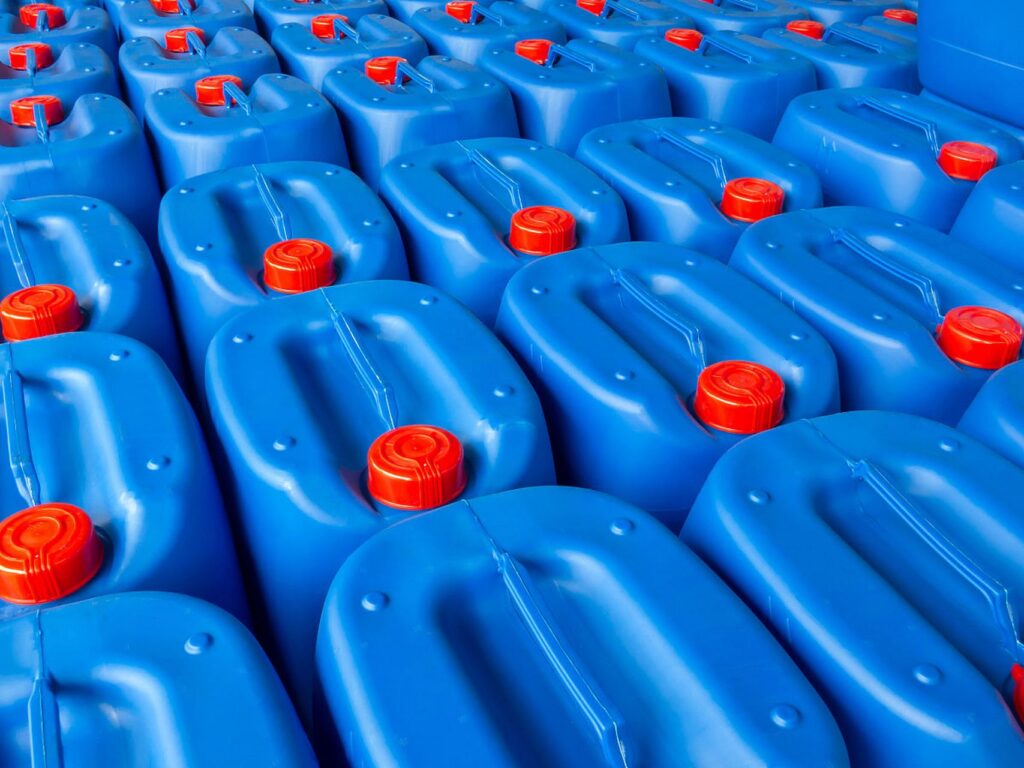

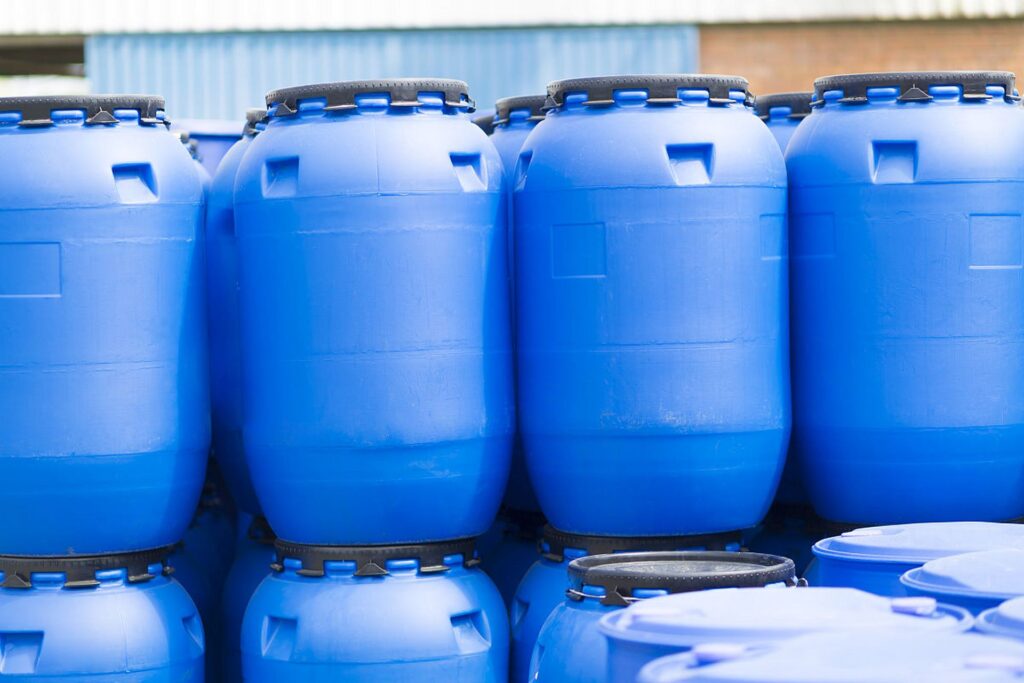
Hydrobromic acid (HBr) is a strong, corrosive acid formed by dissolving hydrogen bromide gas in water. It is a clear or slightly yellow liquid with a pungent odor and is highly soluble in water.
Key Properties:
- Chemical Formula: HBr (aqueous)
- Molar Mass: 80.91 g/mol (HBr gas)
- Appearance: Colorless to pale yellow liquid
- Odor: Pungent, irritating
- Acidity: Strong acid (completely dissociates in water: HBr→H++Br−HBr→H++Br−)
- pKa: ≈ −9 (extremely acidic)
- Boiling Point: ~126 °C (azeotrope with water at 47.6% HBr)
Uses of Hydrobromic Acid:
- Chemical Synthesis:
- Production of bromides (e.g., sodium bromide, potassium bromide).
- Catalyst in organic reactions (e.g., alkylation, oxidation).
- Used in the synthesis of pharmaceuticals and dyes.
- Industrial Applications:
- Etching agent in semiconductor manufacturing.
- Electrolyte in some batteries.
- Laboratory Use:
- Source of bromide ions in chemical reactions.
- Used in the preparation of bromine compounds.
Safety & Handling:
- Corrosive: Causes severe burns to skin and eyes.
- Toxic Fumes: Releases irritating and harmful vapors.
- Storage: Keep in tightly sealed containers, away from bases and metals.
- PPE Required: Gloves, goggles, and acid-resistant clothing.
Comparison with Hydrochloric Acid (HCl):
- HBr is stronger (lower pKa) than HCl.
- Bromide ion (Br−Br−) is a better nucleophile & leaving group than chloride (Cl−Cl−).




